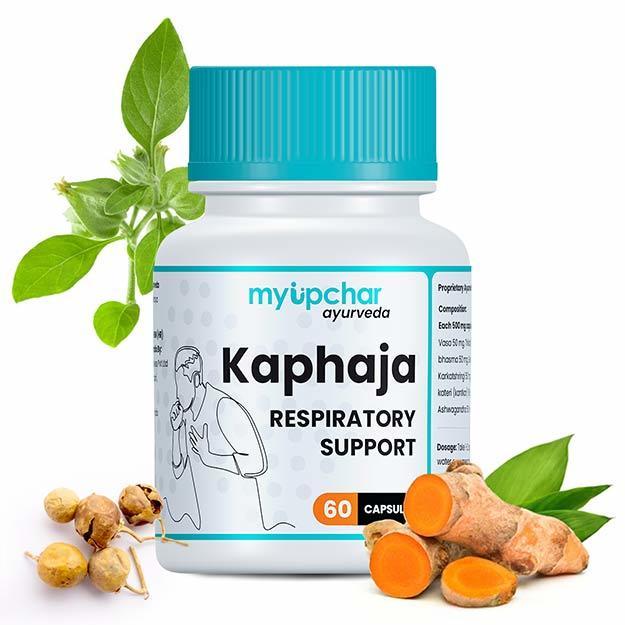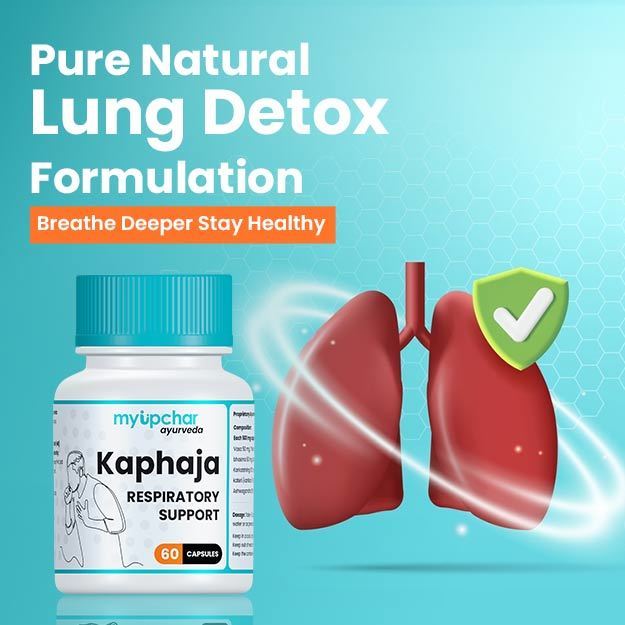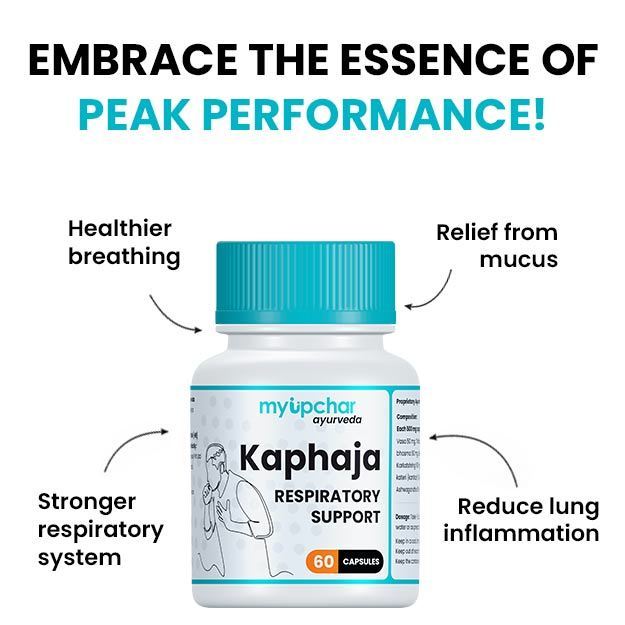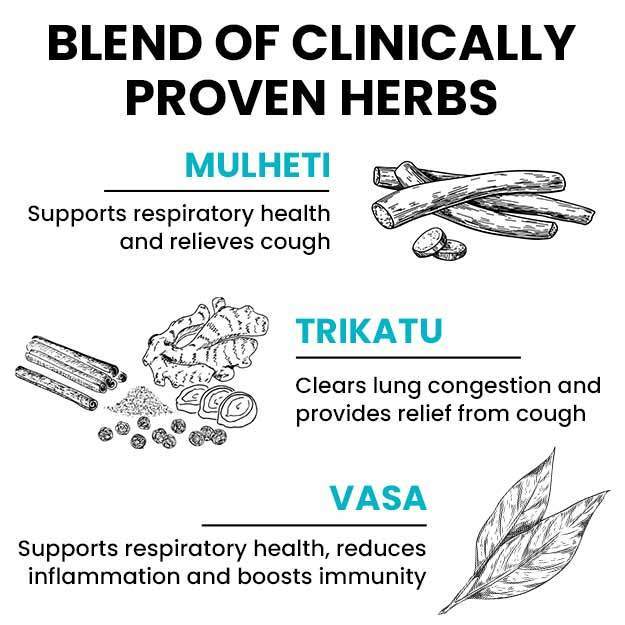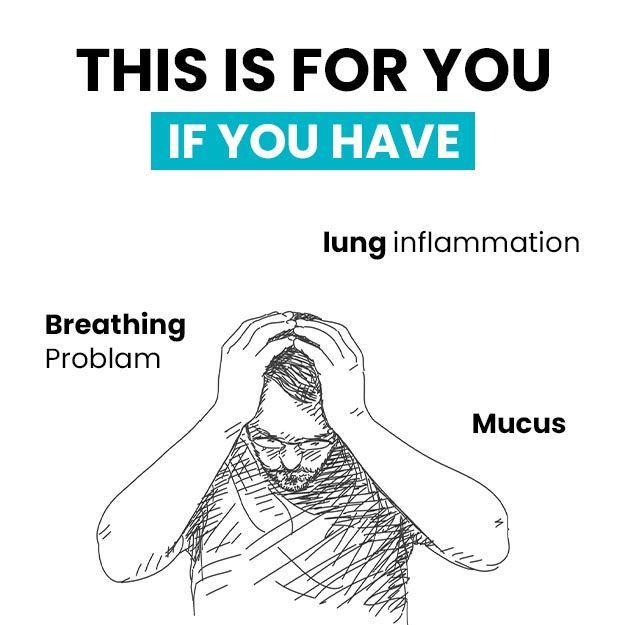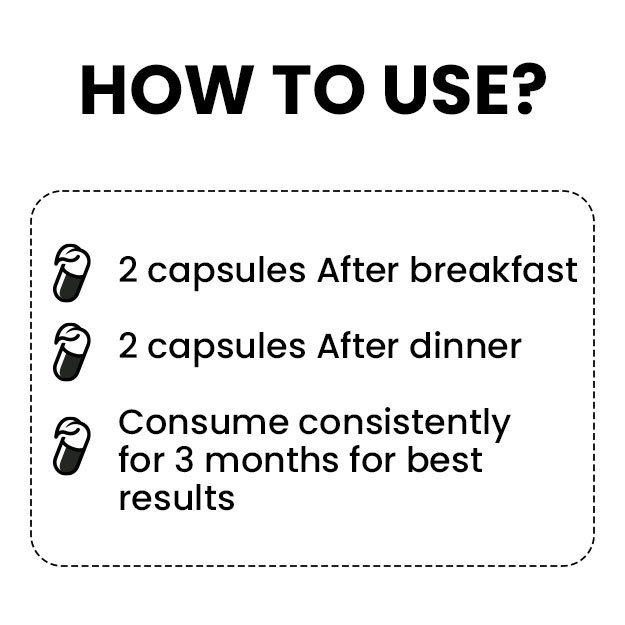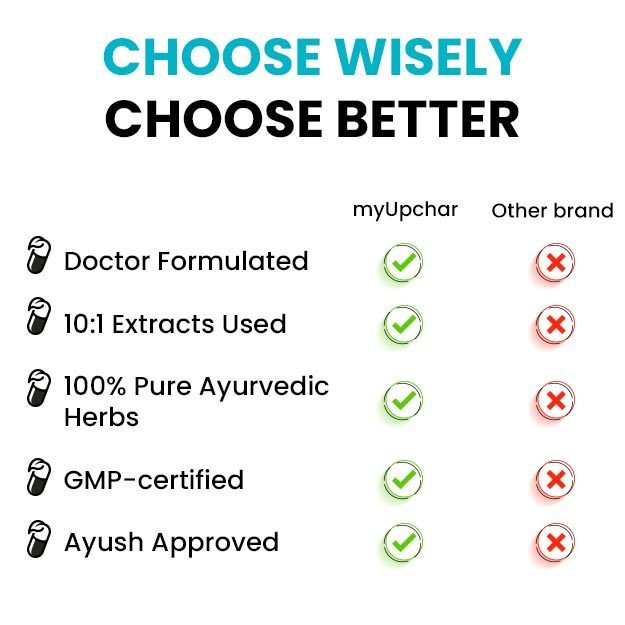Asthma is a chronic inflammatory disorder in which the respiratory tract is hyper-responsive to certain stimuli, which can result in constriction of the airways, bronchospasms, wheezing and shortness of breath. Usually, asthma develops in early childhood and is associated with a family history of asthma or other allergic diseases. Asthma patients are generally able to live normal lives with the use of daily inhaled medicines; however, sometimes, exacerbations or attacks of asthma can occur.
Although some symptoms of breathlessness upon exertion are normal in asthmatic patients, sometimes, acute attacks can occur where there is a severe tightening of the airways. Asthma attacks are medical emergencies that need quick first aid and transport of the patient to the nearest hospital.





